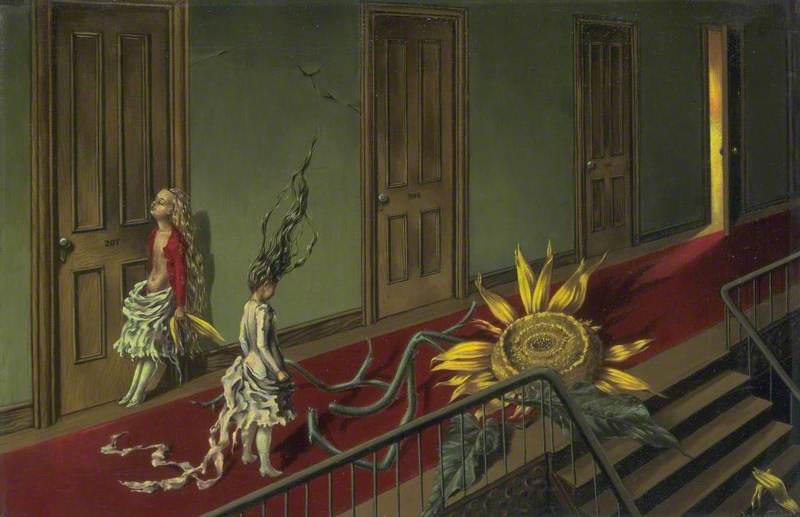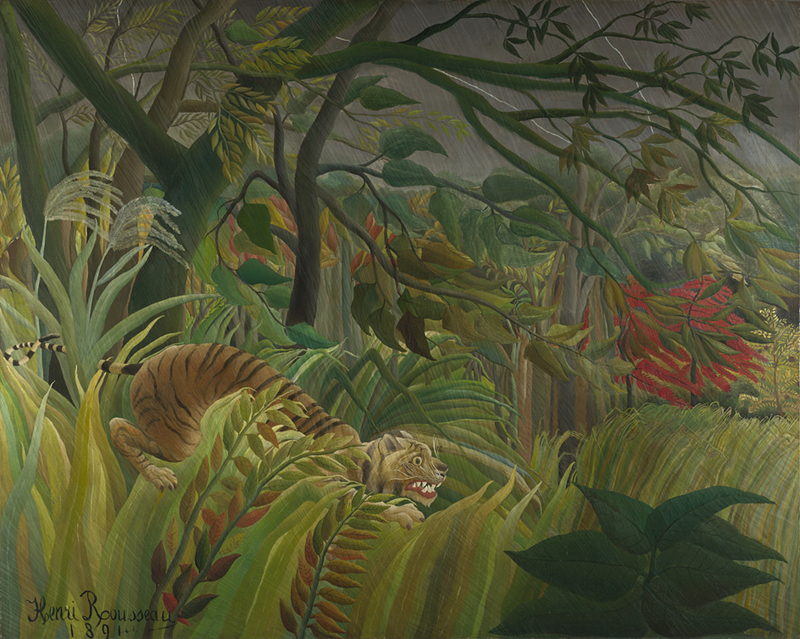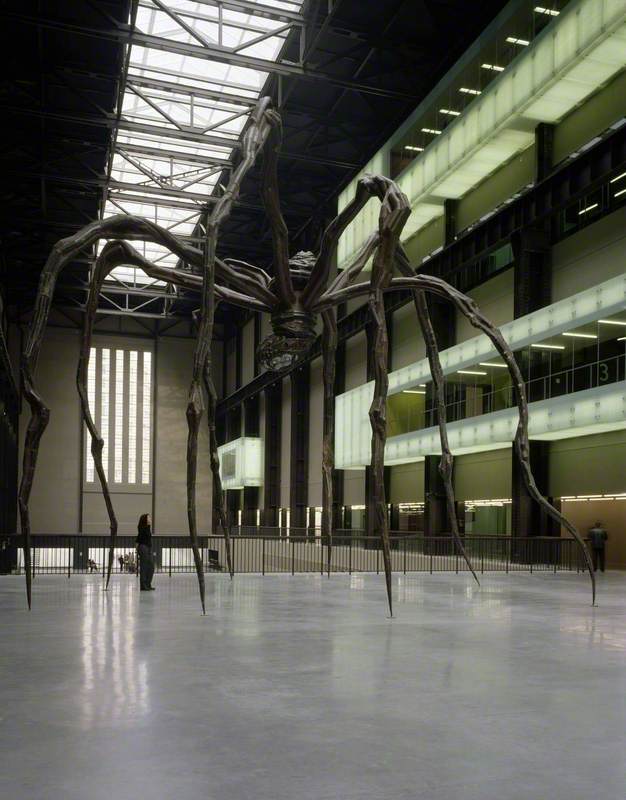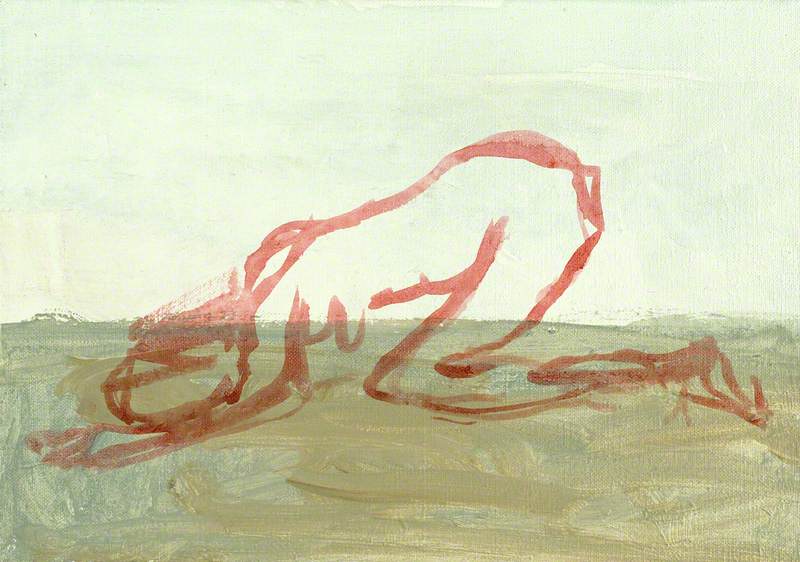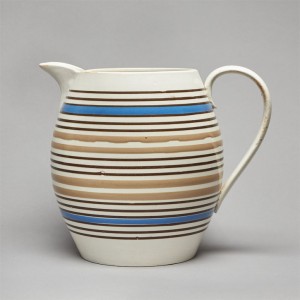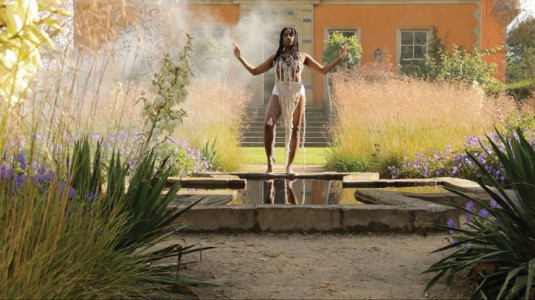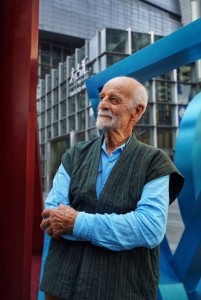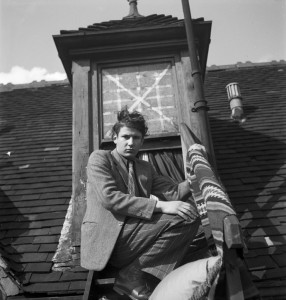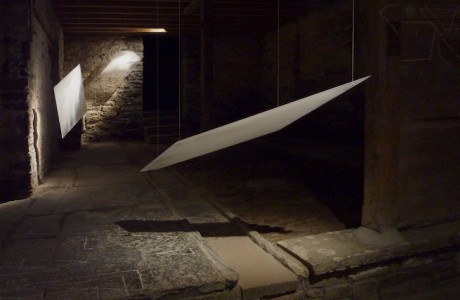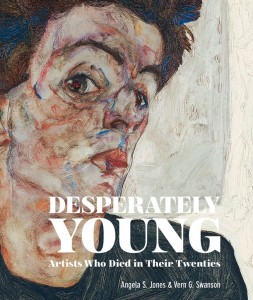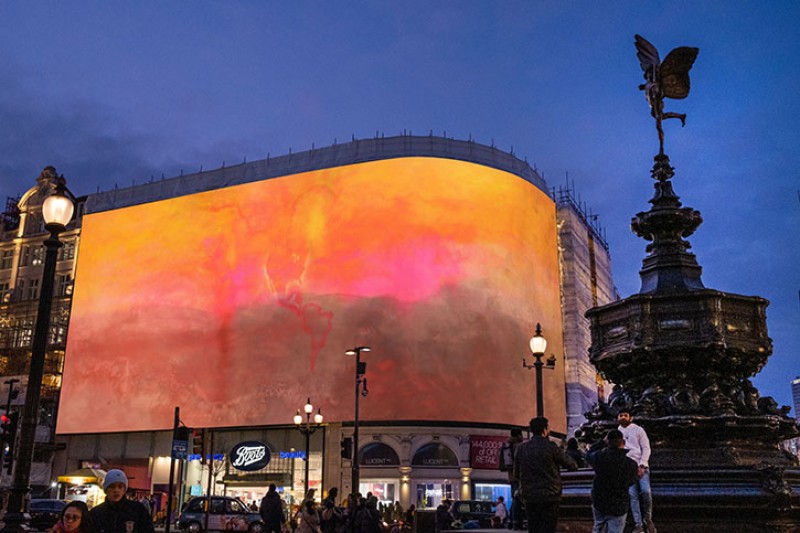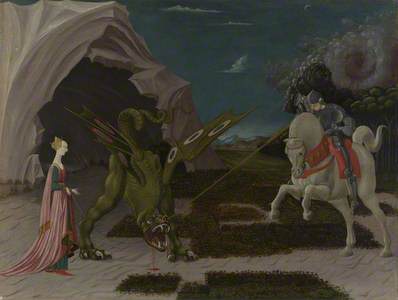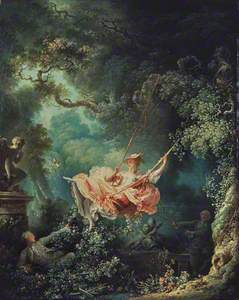If you were tasked with creating a new museum and you could put anything in it to tell the story of art, what would you choose? Too much choice can be challenging, but it can also be fun – I know from my personal experience creating The Ultimate Art Museum.
The Ultimate Art Museum
This labour of love is a museum-in-a-book written for young readers (around 8–14 years old), covering 40,000 years of art across more than 300 images. As readers flip through the wings and galleries of this book, they are introduced to art from around the world, but there are quite a few paintings and objects in the book that can be found in real-life museums in the UK.
Here's a small selection of artworks from The Ultimate Art Museum that you can visit at a British institution…
Paolo Uccello's Saint George and the Dragon
This painting shows a scene from the story of Saint George, a knight from present-day Turkey. A dragon was terrorising the people in the city of Silene, eating their animals and then their children. When George came upon a princess who was next in line to be sacrificed as the dragon's dinner, he rescued her and led the dragon to the city's residents. He told them he'd slay the dragon for them if they converted to Christianity, which they promptly did.
From The Ultimate Art Museum: 'Paolo Uccello was also a keen mathematician, interested in learning how to use perspective in paintings to make them more realistic. He tried to achieve it by making the rectangular patches of greenery pinch together as they move towards the background. He also angles the lines on the ground to look like they are going into the distance.'
Dorothea Tanning's Eine Kleine Nachtmusik
Dorothea Tanning was a writer and self-taught artist, best known for her Surrealist work. She grew up with a love of gothic novels, which had an influence on the development of her often dark and mysterious style. At the start of her career, she created whimsical figurative paintings that show women and girls in unusual situations as they work through issues relating to womanhood and sexuality. In the later stages of her career, her paintings became more abstract, and she created soft sculptures and installations that harked back to her earlier Surrealist work. When she died in 2012, she was the last living artist from the original Surrealist movement.
From The Ultimate Art Museum: 'Tanning shows sunflowers as beastly creatures climbing upstairs into a hotel hallway. A young girl and a life-size doll (in the red jacket) seem to be battling an unseen force.'
Rachel Ruysch's Flowers in a Terracotta Vase
This isn't the exact painting found in The Ultimate Art Museum, but it's very similar (the one in the book is called Still Life with Flowers and Fruit).
Rachel Ruysch was a painter during the Dutch Golden Age, at which time still life paintings of food and flowers were especially popular. She exhibits an incredible command of light and texture in her work, painting floral arrangements with photorealistic detail.
From The Ultimate Art Museum: 'Ruysch's father studied plants, so from a young age she learned to arrange and paint flowers. She used dark backgrounds in her paintings, which helped the colourful flowers stand out. Hidden amongst the blossoming petals and spiralling vines in her paintings, you can also find beetles, butterflies and other insects.'
Jean-Honoré Fragonard's The Swing
From The Ultimate Art Museum: 'This dreamy scene is painted in soft, cotton candy colours that are very common in Rococo art... [Fragonard] is known for his romantic scenes of couples.'
The book is intended for young readers, so it wasn't quite the place to share the full story of this painting. The slightly longer version is that this painting shows a love triangle with a woman offering her lover a look up her dress while her poor, jilted lover pushes her swing unaware. If you look at the statue of the cupid to the left of the painting, you can see that he's making a 'shhh' motion, as if he's in on the secret.
Henri Rousseau's Surprised!
From The Ultimate Art Museum: 'Henri Rousseau painted this tiger crouching amongst thick jungle leaves. Its eyes are wide and it looks like it was given a shock by the lightning flashing in the background.'
The thin lines dashing across the painting give the effect of rain lashing across the scene. Rousseau taught himself how to paint, and artists like Picasso and Matisse became big fans of his work. This is one of around 20 paintings he did that show imaginary jungle scenes. Having never visited a real jungle, the artist used the Botanical Gardens in Paris for inspiration.
Louise Bourgeois's Maman
From The Ultimate Art Museum: 'Louise Bourgeois is known for her spider sculptures that are not so itsy-bitsy – in fact, they're massive! Bourgeois' spider sculptures were inspired by her mother, who was a weaver.'
Maman is not in The Ultimate Art Museum, but it is very similar to Spider, which is in the Contemporary Sculpture Gallery of the book. Bourgeois created this spindly steel sculpture to go in the Turbine Hall at the opening of Tate Modern in 2000. The recurring spider theme in her work was inspired, in part, by her childhood. Growing up, her family had a workshop repairing and selling tapestries, and Bourgeois would assist with making little repairs. She was very close to her mother, who she said was 'delicate' and 'useful' like a spider, and of course, they are also nature's weavers.
There are many more works to discover in The Ultimate Art Museum (over 300 more, actually!), and many of those can be found in UK institutions like Tate, the Victoria and Albert Museum, The National Gallery, the British Museum and other collections. It's never too soon (or too late) to dive into the world of art history and it is my hope that young readers will find a diversity of stories and artists in this book to pique their growing interests.
Ferren Gipson, art historian and author of The Ultimate Art Museum, published by Phaidon

